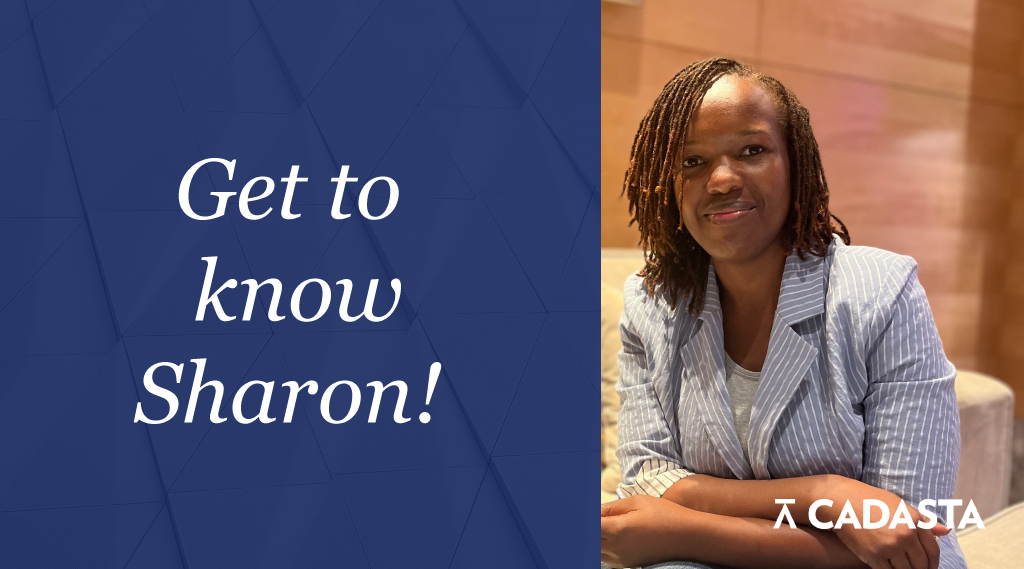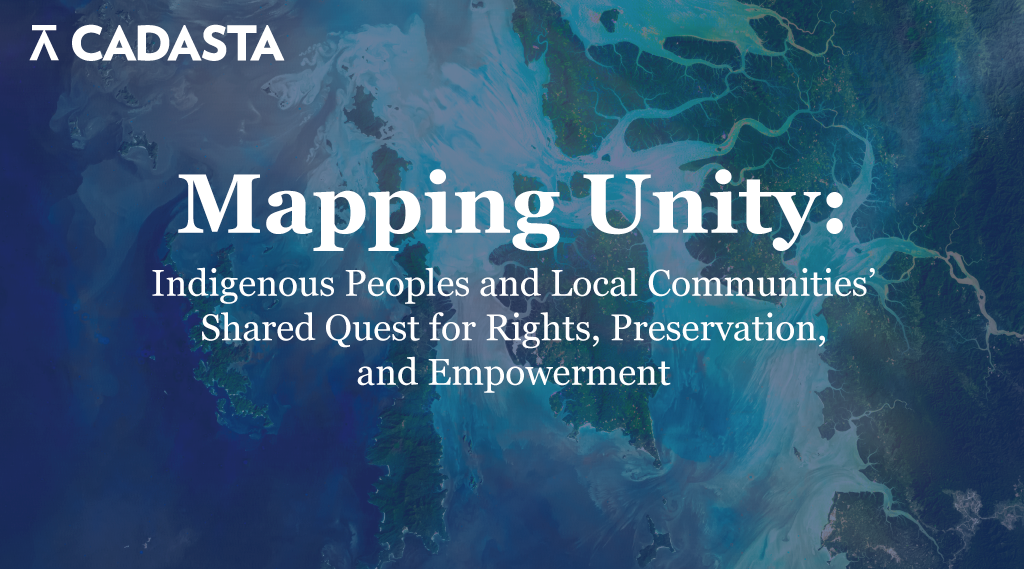What we ask at Cadasta and what we hope you ask when choosing Cadasta
In 1999 when I was attending university I found out about open-source software, specifically Mandrake Linux, and I decided to switch from using Windows to only using Linux. It was a beautiful relationship up until my Wifi drivers wouldn’t work I(I vaguely remember something about the Tulip driver) and somehow my computer ate my term paper. After that I went scrambling back to Windows for a while. I also became more pragmatic about my technology usage. Today I’m typing from a Microsoft Surface Pro 3 in Chrome, but I could just as easily being doing this from Ubuntu with Firefox. Technology choice doesn’t make too much of a difference if you are mostly typing into a web browser.
At Cadasta we take a pragmatic approach to technology decisions, both for our internal collaboration tools and our software platform. Open-source is an important part of our technology at Cadasta, and while it can often be the appropriate decision, we don’t start with the assumption that open-source is the answer. It is one thing to make a quick decision on tools for personal use, such as my jump to Linux in college, it is another to have support a team as well as partners. There are a few main questions we ask when making a decision on technology:
- What is the problem we are trying to solve?
- What existing tools are available to solve that problem?
- Do the existing tools meet our specific needs?
- If they don’t meet all our needs can they be modified to do so?
- What is the cost in staff-time for maintenance and actual monetary cost?
Within our organization we use a combination of Gmail, Google Docs, Trello, Github, WordPress, MS Office and Slack. Those aren’t any of the tools we started out using, we’ve found a workflow that works for us through some trial and error. Needs have also changed over the past year as we’ve grown from 4 people to more than 10.
We hope potential users of the Cadasta platform ask similar questions to the ones we ask ourselves at Cadasta when they make their own technology decisions. Through our owns partners we’ve collected feedback regarding specific programmatic needs and asked for guidance on what tools currently not available might improve processes for documenting land rights, which has informed our own development of the Cadasta platform. When individuals and communities assess the tools available in assisting them with documenting land information, we want their analysis to lead them to Cadasta; because it solves their problems, is affordable, and it can be modified to meet their needs if necessary.
Notes:
Articles to refer to:
- http://www.ictworks.org/2016/02/11/how-can-open-source-software-be-sustainable-in-international-development/
- http://blog.devresults.com/the-revolution-will-not-be-open-source/
- http://www.huffingtonpost.com/ann-mei-chang/fewer-pilots-more-scale-m_b_9345068.html
- http://digitalprinciples.org/
- http://www.donorscharter.org/





